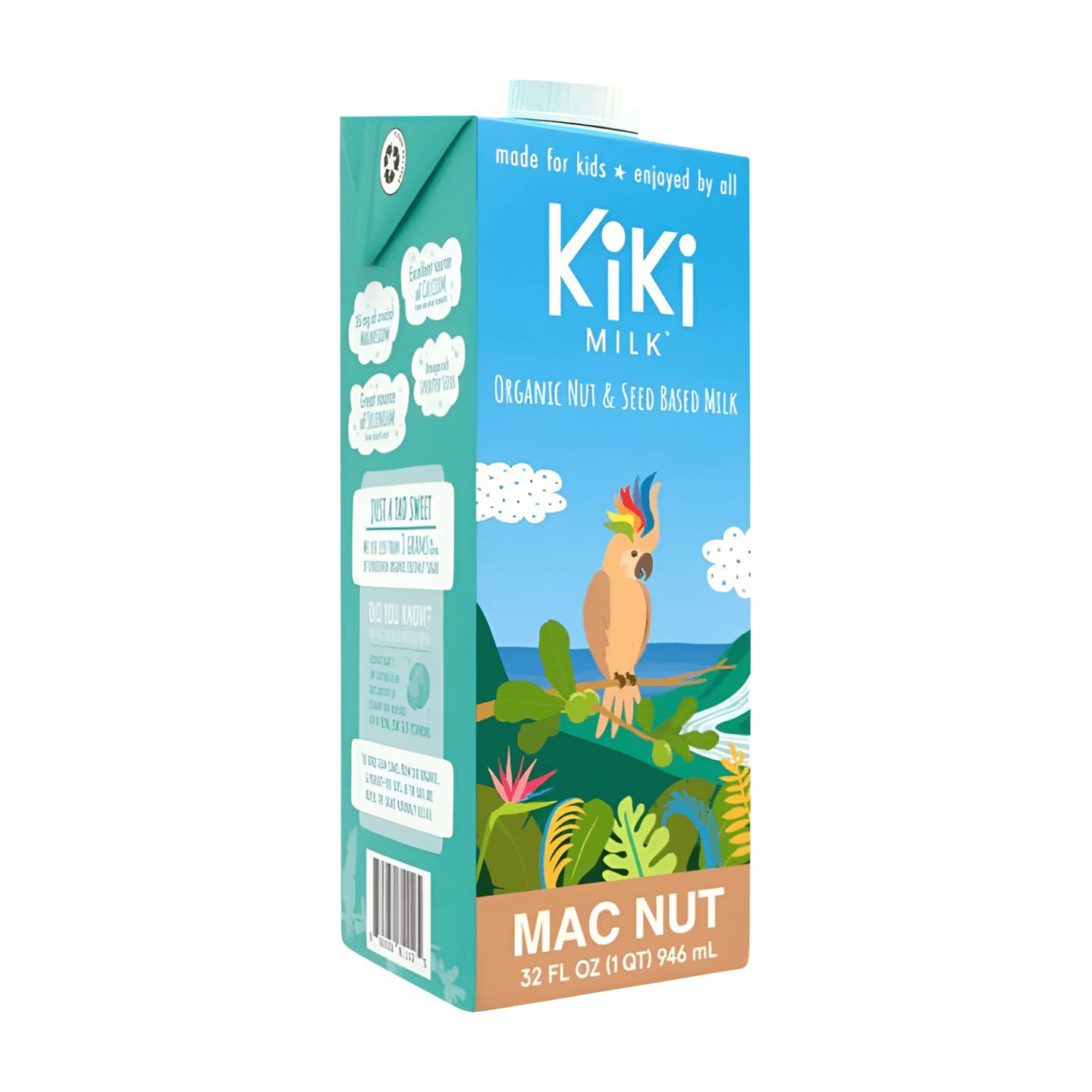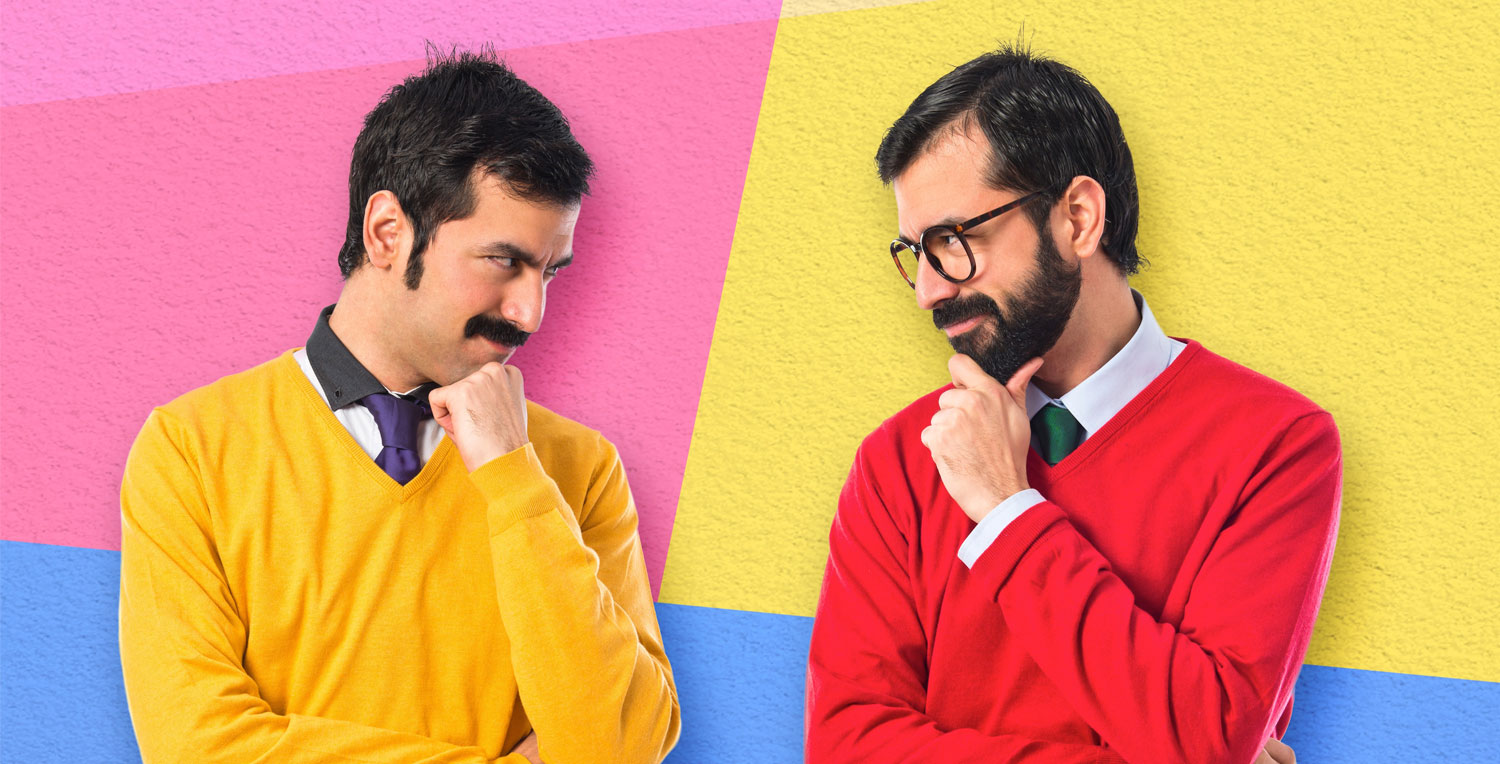You’ve probably stumbled upon "ki ki" in your social media feeds or heard it being thrown around by your friends. But what exactly does it mean? Ki ki slang has become a cultural phenomenon, and understanding its origins and usage can give you major street cred. In this article, we’ll dive deep into everything you need to know about ki ki slang, from its roots to its modern-day applications. So, grab your favorite drink, and let’s get into it.
Nowadays, language evolves faster than ever, especially on platforms like TikTok, Instagram, and Twitter. Ki ki is one of those terms that have taken the internet by storm. It’s not just a phrase; it’s a vibe, a feeling, and sometimes even an inside joke. We’ll break down why ki ki has become so popular and how you can use it without sounding like a try-hard.
Before we jump into the nitty-gritty, let’s address the elephant in the room: ki ki isn’t just another random internet slang. It carries weight, history, and cultural significance. By the end of this guide, you’ll not only know how to use it but also appreciate its importance in modern-day communication.
What Does Ki Ki Mean?
At its core, ki ki refers to a playful or cheeky expression used to convey excitement, humor, or sarcasm. It’s often associated with Black Twitter and LGBTQ+ communities, where language is constantly reinvented to express unique experiences. Think of ki ki as a way to say, “I see what you did there” or “Let’s have some fun with this.”
For example, if someone posts a picture of themselves looking fabulous, you might respond with, “Ki ki, did you just wake up like that?” It adds a layer of playfulness and acknowledges the person’s effort or humor.
Origins of Ki Ki Slang
The roots of ki ki trace back to ball culture, a vibrant subculture originating in the Black and Latino LGBTQ+ communities in New York City during the 1980s. Ball culture is all about self-expression, creativity, and community, and slang plays a huge role in this world. Ki ki emerged as a way to celebrate humor and resilience in the face of adversity.
Ballroom legends like Willi Ninja and RuPaul helped popularize many of the terms we use today, including ki ki. Over time, the phrase made its way into mainstream culture, thanks to social media and platforms like Twitter and TikTok.
How to Use Ki Ki in Conversations
Using ki ki correctly is all about context and tone. Here’s a quick guide to help you get started:
- Use it to acknowledge someone’s effort or humor.
- Pair it with other slang terms like “werk” or “yas queen” for extra flair.
- Avoid overusing it unless you want to sound like a caricature.
- Remember that ki ki carries cultural significance, so be respectful when using it.
For instance, if a friend shares a meme that makes you laugh, you could reply with, “Ki ki, that’s the realness!”
Why Ki Ki Slang Matters
Ki ki isn’t just a word; it’s a reflection of a vibrant culture that has shaped modern-day communication. Language is a powerful tool, and slang like ki ki allows marginalized communities to reclaim their narratives and express themselves authentically.
Moreover, ki ki highlights the importance of humor and resilience in the face of challenges. In a world that often feels heavy, ki ki reminds us to find joy in the little things and celebrate our individuality.
Pop Culture References
Ki ki has made its way into pop culture in various forms. From RuPaul’s Drag Race to viral TikTok trends, the phrase continues to evolve and adapt to new contexts. Here are a few examples:
- RuPaul often uses ki ki during the Werk Room segments to lighten the mood and encourage contestants.
- TikTok creators have embraced ki ki as a way to add humor and personality to their videos.
- In music, artists like Beyoncé and Cardi B have incorporated similar slang into their lyrics, further cementing its place in mainstream culture.
Common Misconceptions About Ki Ki
While ki ki is widely used, there are a few misconceptions surrounding its meaning and usage. Let’s clear them up:
Myth 1: Ki ki is just a random phrase with no real meaning.
Fact: Ki ki carries cultural significance and is deeply rooted in ball culture.
Myth 2: Anyone can use ki ki however they want.
Fact: Respect the origins and context of the phrase to avoid cultural appropriation.
Myth 3: Ki ki is outdated.
Fact: Ki ki continues to evolve and remains relevant in modern-day conversations.
How Ki Ki Fits Into Modern Language
In today’s digital age, language is constantly changing, and ki ki is just one example of how slang can shape communication. It’s all about staying relevant and adapting to new trends while respecting their origins.
For instance, ki ki can be used alongside other popular terms like “spill the tea,” “shade,” and “reading” to create a rich tapestry of expression. By incorporating ki ki into your vocabulary, you’re not only staying trendy but also showing appreciation for the cultures that inspire it.
Tips for Using Ki Ki Effectively
Here are a few tips to help you use ki ki like a pro:
- Listen to how others use it in context before trying it yourself.
- Be mindful of the tone and setting when using ki ki.
- Experiment with combining ki ki with other slang terms for a more authentic feel.
The Cultural Impact of Ki Ki
Ki ki has had a profound impact on both language and culture. It’s a testament to the power of community and the resilience of marginalized groups. By embracing ki ki, we honor the creativity and ingenuity of those who came before us.
Moreover, ki ki serves as a reminder that language is a living, breathing thing. It evolves with us, reflecting our values, experiences, and aspirations. As we continue to navigate the complexities of modern life, ki ki offers a much-needed dose of humor and humanity.
Real-Life Examples of Ki Ki in Action
Let’s take a look at some real-life examples of ki ki in action:
- During a RuPaul’s Drag Race episode, a contestant joked about their outfit choice, and RuPaul responded with, “Ki ki, darling, that’s a bold move!”
- A TikTok creator used ki ki to caption a video of themselves trying a new dance move, adding a layer of humor and self-awareness.
- In a Twitter thread, a user shared a series of memes, starting each caption with, “Ki ki, check this out.”
Conclusion
In conclusion, ki ki slang is more than just a phrase; it’s a cultural phenomenon that reflects the creativity and resilience of marginalized communities. By understanding its origins and usage, we can appreciate its significance and use it respectfully in our everyday conversations.
So, the next time you see someone posting something hilarious or fabulous, don’t hesitate to throw in a “ki ki” for good measure. And remember, language is a powerful tool, so let’s use it to celebrate diversity and spread joy.
Now it’s your turn! Share your thoughts in the comments below or spread the word about this article. Who knows? You might just inspire someone to embrace their inner ki ki today.
Table of Contents


